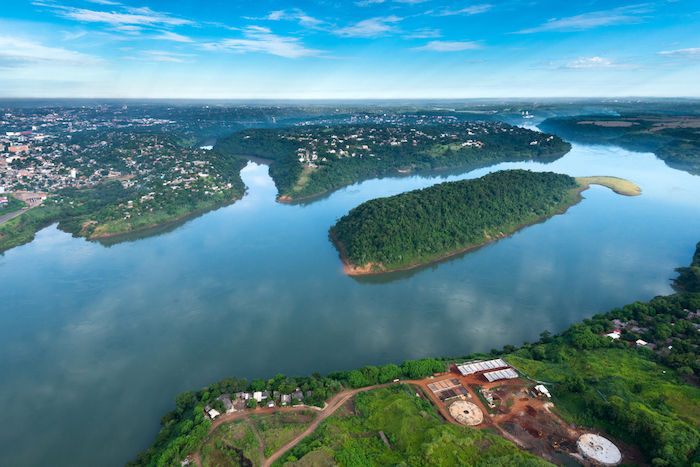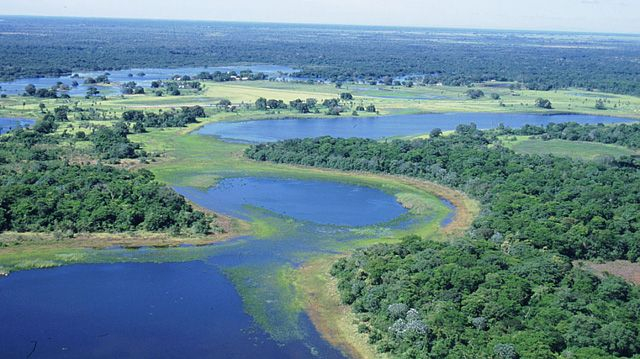Paraguay is home to the world’s largest water reserve
The Guarani Aquifer, which lies beneath the countries of Paraguay, Uruguay, Brazil, and Argentina, is a major source of fresh water. This aquifer's subsurface water is found in Triassic, Jurassic, and Lower Cretaceous geological formations (rocks that are 200 to 132 million years old). When Africa and South America merged to become a single continent, the sediments began to form rivers and lakes. With a surface area of 1.2 million square kilometers and a volume of 40,000 cubic kilometers, it could feed the world with fresh drinking water for around 200 years.
Only 2.5 percent of the world's almost 1.5 billion cubic kilometers of water is fresh water, with the remainder potentially purifiable. However, this can only be accomplished by investing resources and money that only a few countries can afford. Control over water has become increasingly contentious as it has become a more valuable natural resource.








